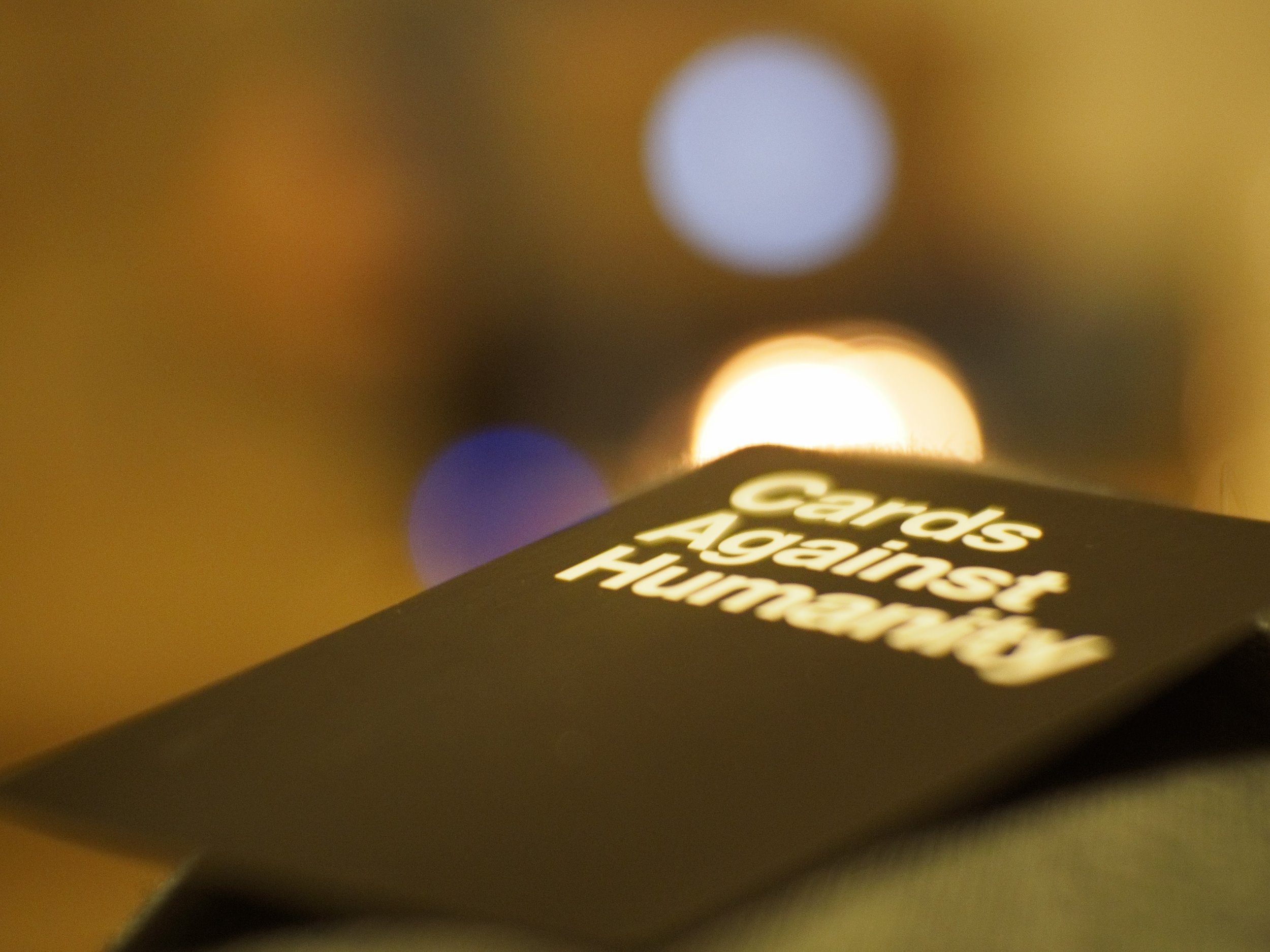Harnessing Creative Thinking at Work: A Presentation

Harnessing Creative Thinking at Work
About The Presentation
Please enjoy these slides from my presentation on "Harnessing Creativity in the Workplace," a clarion call I've shared with executives at corporations like Clorox, Nike, Pepsi, and American Express looking to break down walls and foster creativity as a critical skill.
It delves into the essential nature of creativity in the modern workforce, highlighting its significance in differentiating human capabilities from AI through empathetic and nonlinear thinking. It addresses the stifling of creativity in workplace environments and offers practical strategies to overcome these barriers.
More Than Ever, Creative Thinking is an Essential Skill
In the 20th century, we have transitioned from an industrial age to an information age and now to a creative age where a creative class of workers has transformed the workforce and economy. These individuals make up 46% of the workforce, they are paid to solve problems, create, and innovate. Their importance comes about due to technological advancements and societal shifts; they continue to grow in influence and economic power.
In the 21st century, we live in an era dominated by AI, outsourcing, and an abundance of choice, where creative thinking is becoming essential for job security. It distinguishes us as unique entities in our roles and showcases the value of humans versus machines through our creative empathy and nonlinear thinking.
The World Economic Forum's 2023 Future Jobs Report highlights creativity and originality as top skills employees need by 2025. They believe that creative thinking manifests itself in almost everything we do at work, from design to legal work, financial modeling, process engineering, information design, and of course, product innovation.
Top 10 Priorities for re-skilling 2023 World Economic Forum
The good news is that we are all born with an exceptional capacity for creative thinking. As children, creativity is the default setting. We use our senses and instincts to discover, learn, and express ourselves without the hindrance of risk, judgment, or intellectual analysis.
Unfortunately, the place where we need creative thinking the most—at work—is where it's stifled the most. We find ourselves bogged down by groupthink, tradition, judgment, reliance on default thinking, and the fear of making mistakes.
Why Brainstorming Often Fails
Corporate brainstorming can be difficult and unproductive. It often stumbles because it's shackled by fear of judgment, lack of diversity, and a natural inclination towards groupthink, leading to environments where genuine innovation is stifled rather than fostered. One of the biggest killers of creative thinking in the conference room is trying to do both "divergent" and "convergent" thinking at the same time (judging ideas as they come out).
One solution to this issue is the "Six Hats" technique, a brilliant strategy that shakes up traditional brainstorming by assigning specific and extreme roles (or "hats") to groups of participants—ranging from factual, to emotive, to sunny, to critical—encouraging a multifaceted approach to problem-solving. This method not only democratizes creative thinking by valuing diverse perspectives but also circumvents the usual pitfalls of brainstorming sessions, ensuring a richer, more productive ideation process that can lead to breakthrough results.
As we move more deeply into a creative age, the message is clear: to stand out, products, services, and corporate cultures must not only solve problems but also touch hearts, meld beauty with functionality, and weave compelling narratives. The journey to harnessing workplace creativity is fraught with challenges, but with the right mindset and tools, it's possible and essential for future success.
So, whether you're an adaptor looking to tweak the traditional or an innovator itching to tear down the walls and start afresh, the path to unleashing corporate creativity occurs daily and is as varied as the folks walking it.
About Shawn Gold
I've been on a mission to bring creativity (and laughter, when appropriate) back to the workplace. So, I created The Creative Thinking Journal to help people reimagine they way they see themsleves and the world around them. To date, it has sold over 500,000 copies and inspired millions of people.
What I share is deeply rooted in practical experience across innovation roles in fashion, social media, cannabis, and publishing. I've learned that innovation is a mindset. By thinking differently and embracing some weirdness, anyone can be a voice for integrating creativity into corporate culture.












